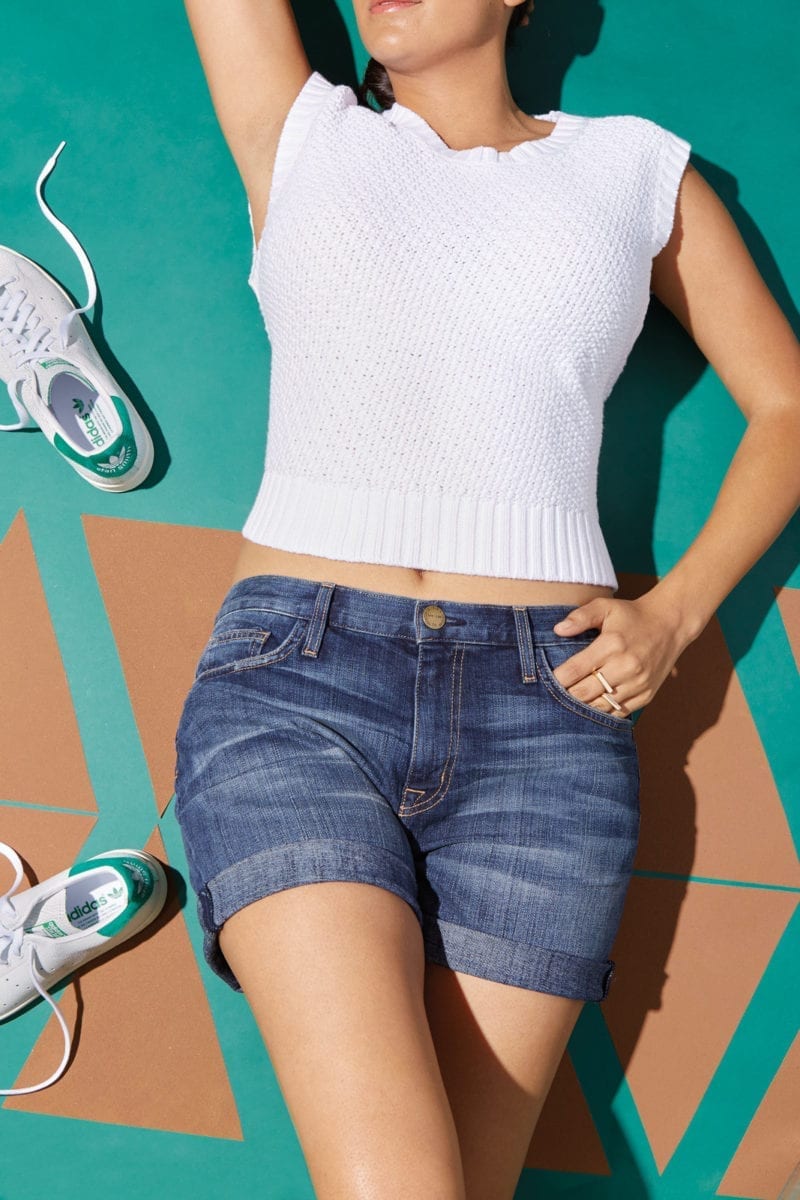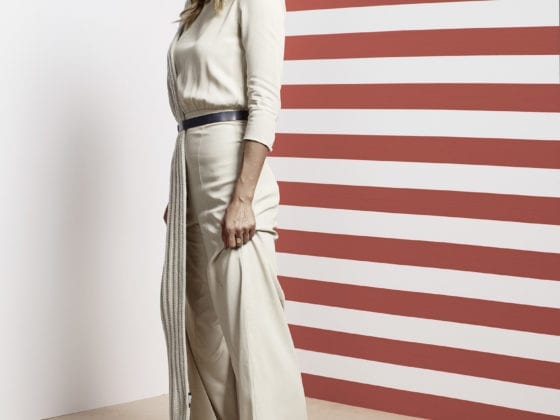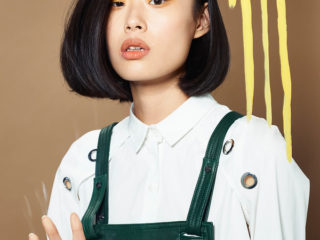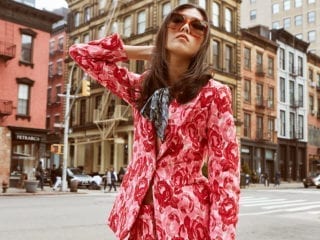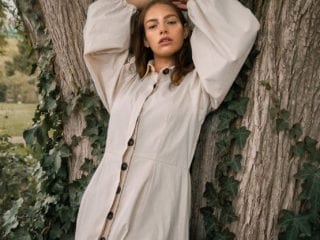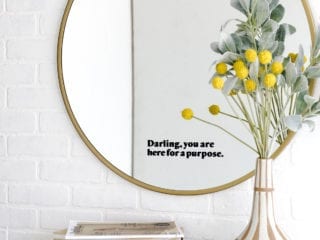As if the future of brick-and-mortar stores weren’t looking grim enough, coronavirus might have nailed the coffin shut. With stores riddled with bankruptcy—causing them to shut down and close their doors—online shopping has prevailed while consumers are cooped up at home.
For stores that come out on the other side of the crisis, the question remains: What will shopping look like?
At grocery stores, we see plexiglass dividers between cashiers and customers. Every person is required to wear a mask to shop or to work. For stores that don’t rely on trying items on, they can bounce back easily by adapting to frequent cleaning routines and meeting government standards required to open and expand services in every phase.
For clothing stores, things might look a little different. According to a study published on CNBC, 65 percent of women and 54 percent of men said they would not feel safe trying on clothes and using dressing rooms, fearful of the potential virus spread and contamination. For shopping addicts, adjusted dressing room policies might not be ideal. While many stores will allow customers to shop, they will close their fitting rooms. If you’re someone who has to try things on before purchasing, then you might be out of luck for the time being.
For shopping addicts, adjusted dressing room policies might not be ideal.
Dressing Rooms
While some stores are committing to frequent cleaning of their dressing rooms instead of closing them off, customers might still wonder if that poses a potential health risk. According to the CDC, the virus spreads through contaminated droplets from coughing or sneezing and can live on hard surfaces for days. As for fabric, specifically clothing, shoppers might not need to worry as much. Transmission from clothing is low and rare, which might provide relief to both in-person and online shoppers.
Transmission from clothing is low and rare, which might provide relief to both in-person and online shoppers.
Protocol for retail varies by state, county and even by company. Nordstrom, for example, put out a statement committing to social distancing and a phased reopening approach, following government guidelines. They’ll also be requiring face masks, modifying dressing room experiences (which includes withholding tried-on or returned clothing for a certain period of time) and limiting the number of people in the stores.
Face Masks
Face masks are becoming the newest fashion staple amidst the pandemic as more public places are requiring people to wear them. Masks are offered in different colors and patterns and from different brands. No face mask? No problem. While some stores will be providing face masks to customers lacking them, many clothing retailers are also making masks out of their own fabric, despite a nation-wide shortage earlier in the year.
American Eagle, Madewell, Gap, Old Navy, Steven Madden and Anthropologie are among the many clothing retailers pitching in to supply their loyal shoppers with necessary protective gear. Not only are they still supplying products to consumers while their stores are closed, but they are preparing shoppers to go back to the mall once it opens to do what they do best—shop.
How do you feel about shopping in-person as stores are reopening? Are you taking any personal safety precautions?
Image via Kathryna Hancock, Darling Issue No. 12

